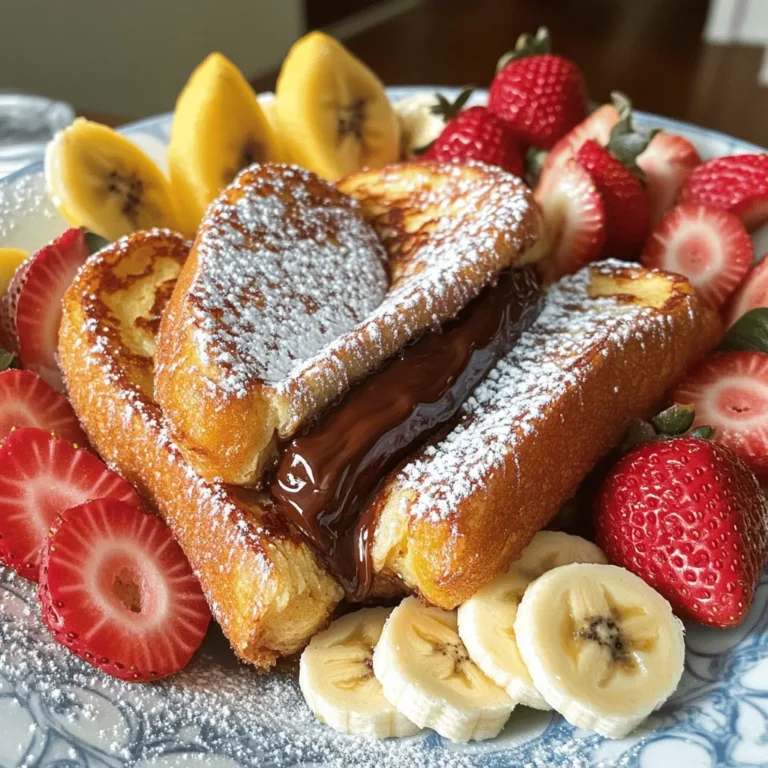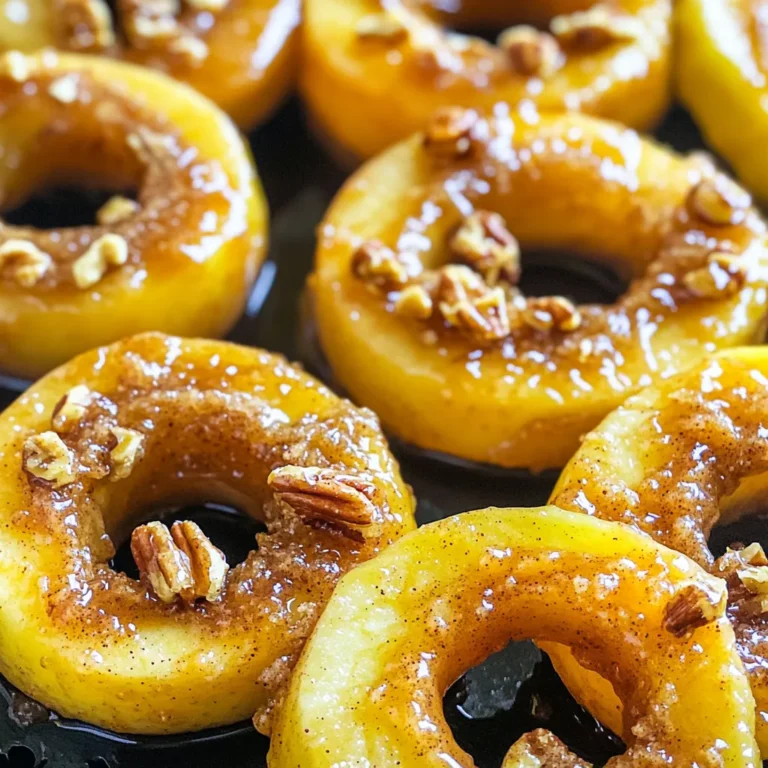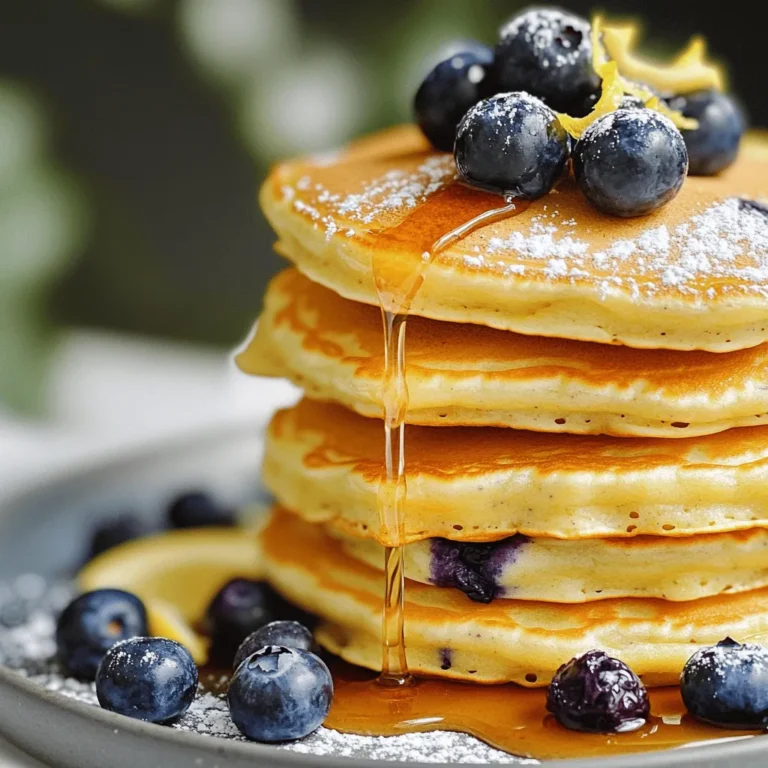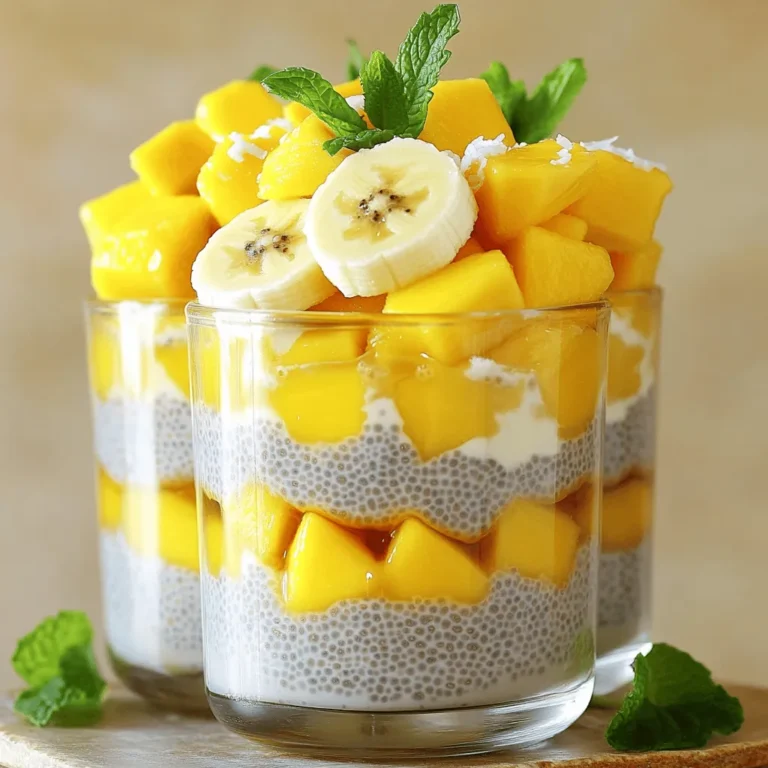Mango Coconut Chia Pudding Simple and Healthy Recipe
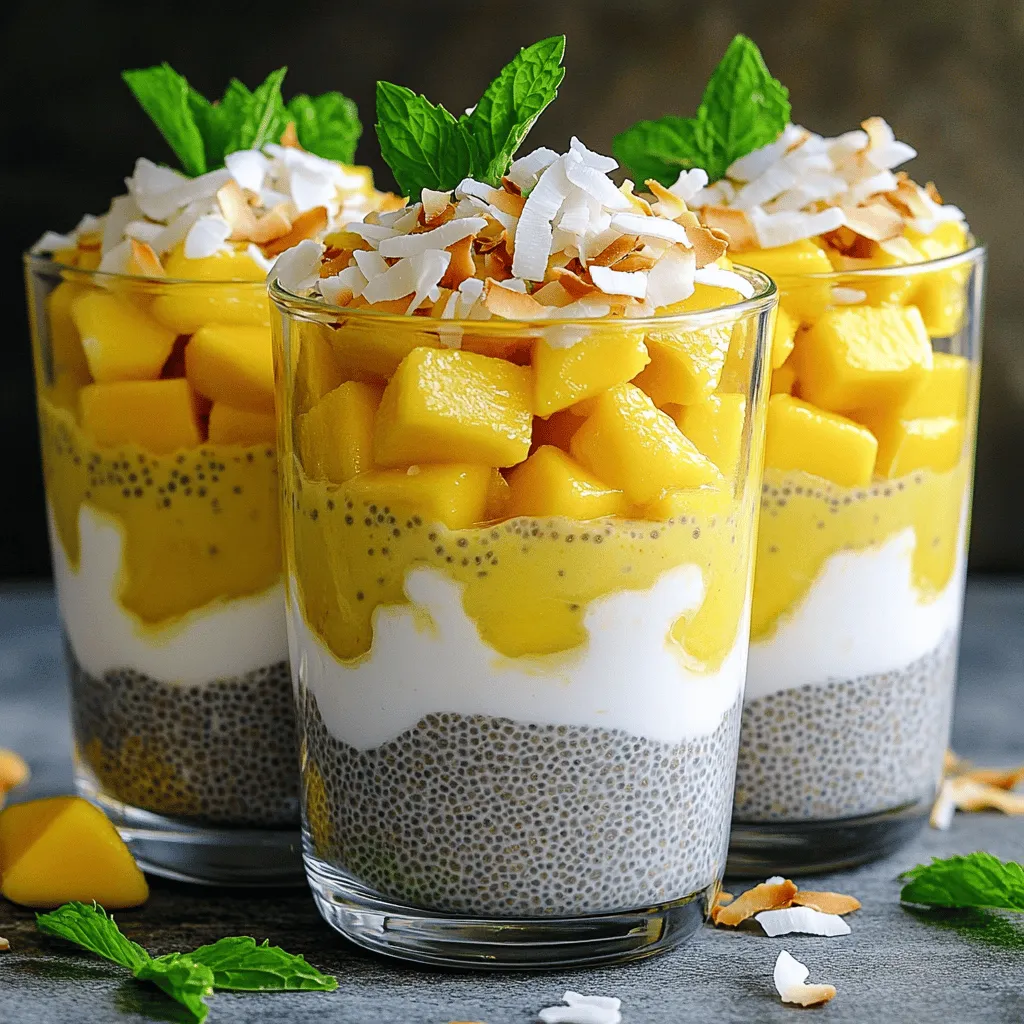
Are you ready to treat yourself to a delicious and healthy dessert? Mango Coconut Chia Pudding is simple to make and packed with nutrients. With just a few ingredients, you can create a satisfying, creamy pudding that bursts with tropical flavor. Follow this easy recipe to impress your taste buds and nourish your body. Let’s dive into the world of mango coconut goodness and whip up this delightful treat!
Ingredients
Detailed Ingredient List
- Coconut milk
- Almond milk
- Chia seeds
- Maple syrup or honey
- Ripe mango
- Vanilla extract
- Salt
- Toasted coconut flakes
- Fresh mint leaves
Ingredient Measurements
- Use 1 cup of coconut milk for creaminess.
- Add 1 cup of almond milk for a light touch.
- Measure 1/4 cup of chia seeds for thickening.
- Use 2 tablespoons of maple syrup or honey for sweetness.
- One ripe mango, diced, adds a fresh fruit flavor.
- Include 1/2 teaspoon of vanilla extract for depth.
- A pinch of salt balances the flavors.
- Garnish with toasted coconut flakes for crunch.
- Fresh mint leaves give a pop of color.
Possible substitutions include using coconut cream for richer pudding or agave nectar instead of honey. You can also swap mango for other fruits like berries or bananas, if desired.
Nutritional Highlights
Chia seeds are packed with nutrients. They provide fiber, protein, and omega-3 fatty acids. These tiny seeds can help you feel full longer, making them great for snacks or breakfast.
Nutritional information per serving:
- Calories: 200
- Protein: 4g
- Carbohydrates: 30g
- Fiber: 10g
- Sugars: 8g
- Fat: 8g
This pudding is not only tasty but also supports heart health and digestion. Enjoy this simple and healthy recipe, knowing it fuels your body well!
Step-by-Step Instructions
Preparation Steps
First, grab a medium bowl. You will whisk together the coconut milk and almond milk.
Add the maple syrup and vanilla extract. Don’t forget a pinch of salt!
Whisk until everything blends well. This mix is your base.
Next, stir in the chia seeds. Make sure there are no clumps.
Let the mixture sit for about 5 minutes. Then, whisk it again. This helps keep the seeds from settling.
Setting the Pudding
Cover the bowl with a lid or plastic wrap. Place it in the fridge for at least 4 hours.
You can also leave it overnight. This time allows the chia seeds to expand.
When it is ready, give the pudding a good stir. This makes it smooth and creamy.
Serving Suggestions
To serve, start layering the pudding and mango in glass cups.
Spoon in a layer of chia pudding. Then, add a layer of diced mango.
Repeat until you fill the cup. This creates a pretty look.
For a finishing touch, sprinkle toasted coconut flakes on top.
Add fresh mint leaves for color and taste.
You can drizzle a bit of coconut milk on top for extra richness.
Tips & Tricks
Perfecting the Texture
To avoid clumps in chia seeds, mix them well. After you stir in the seeds, let the mixture sit. Wait five minutes, then whisk again. This helps break up any clumps. If you want a thicker pudding, add more chia seeds. If you prefer a thinner texture, add a bit more almond milk or coconut milk. Adjust until it feels just right for you.
Flavor Enhancement
You can add spices or extracts to boost flavor. A pinch of cinnamon or nutmeg can bring warmth. A splash of almond extract gives a nice twist too. Think about mixing in other fruits. Try berries, bananas, or peaches for different tastes. Each fruit changes the feel of your pudding.
Serving Presentation
For a beautiful look, layer the pudding and mango in clear glass cups. Start with pudding, then add mango, and repeat. This way, everyone can see the lovely layers. For garnishes, use toasted coconut flakes for crunch. Fresh mint leaves add color and a fresh taste. Drizzle extra coconut milk on top for a rich finish.

Variations
Different Milk Options
You can switch up the milk in this pudding. I often use coconut milk for creaminess. If you want something lighter, almond milk works well.
- Dairy-free alternatives: Almond milk, oat milk, or cashew milk are great choices. They add different flavors and textures.
- Full-fat vs. low-fat choices: Full-fat coconut milk gives a rich taste. Low-fat options are lighter but may not be as creamy.
Fruit Combinations
Mango is sweet, but other fruits can shine too. You can try berries, peaches, or bananas. These fruits add color and flavor.
- Other fruits that work well: Pineapple or kiwi can add a tropical twist.
- Seasonal variations: Use fresh berries in summer or apples in fall. This keeps the pudding exciting year-round.
Sweetener Alternatives
Maple syrup is tasty, but you can change it up. Agave nectar or stevia work well too. They can help you adjust sweetness to your liking.
- Using agave nectar or stevia: Agave is sweeter than sugar and dissolves easily. Stevia is a zero-calorie sweetener.
- Sugar-free options: If you’re watching sugar, these options keep your pudding sweet without guilt.
Storage Info
Refrigeration Guidance
To store leftover pudding, place it in an airtight container. This keeps it fresh and safe. The pudding lasts about 4 to 5 days in the fridge. To best enjoy it, consume within this time frame. Before serving, give it a good stir. This will help restore its smooth texture. If you notice any separation, it’s normal. Just whisk it back together.
Freezing Options
Can you freeze chia pudding? Yes, you can! Freezing chia pudding is an option if you have extra. However, the texture may change slightly. To freeze, pour the pudding into a freezer-safe container. Leave some space at the top, as it will expand when frozen.
When you’re ready to eat it, thaw the pudding in the fridge overnight. If you’re in a hurry, you can use the microwave. Heat it in short bursts to avoid cooking it. Once thawed, stir well before serving. You may want to add a splash of coconut milk for creaminess.
Reusing Containers
For eco-friendly storage, reuse glass jars or plastic containers. These are great for storing your pudding. They are also easy to clean and refill. Choose containers with tight lids to keep air out. This helps maintain freshness. Look for containers made from BPA-free materials if you prefer plastic. They are safe for food storage and better for the planet.
FAQs
What are chia seeds and their benefits?
Chia seeds are tiny black seeds from the Salvia hispanica plant. They pack a lot of nutrition. One ounce (about 28 grams) has 138 calories, 11 grams of fiber, and 4 grams of protein. They are high in omega-3 fatty acids and antioxidants.
They help with digestion and keep you full longer. Chia seeds can also support heart health. Their fiber content aids in gut health. Plus, they are easy to add to many dishes, like our mango coconut chia pudding.
How long can mango coconut chia pudding last?
Mango coconut chia pudding can last in the fridge for about 5 days. Make sure to store it in a sealed container. This keeps it fresh and safe to eat. Check for any strange smells or colors before eating.
If you notice any changes, it’s best to throw it out. Always trust your senses when it comes to food safety.
Can I make this recipe ahead of time?
Yes, you can make this recipe ahead of time! I suggest preparing it the night before. This gives it enough time to chill and set properly.
Just mix the ingredients, let them sit, and refrigerate. You can enjoy it as a quick breakfast or snack the next day.
Is this recipe vegan-friendly?
Yes, this recipe is vegan-friendly. It uses coconut milk and almond milk, which are both plant-based. You can substitute maple syrup for honey if you want.
All the ingredients are vegan, so you can enjoy this pudding without worry. It’s a delicious and healthy treat for everyone!
This blog post covered how to make mango coconut chia pudding. We looked at ingredients, measurements, and health benefits. I provided step-by-step instructions for preparation and chilling. You learned tips for texture and flavor, plus ways to vary the recipe.
In conclusion, making this pudding is simple and fun. Enjoy experimenting with flavors and ingredients. This dish is tasty and good for you. Try it out and impress your friends!
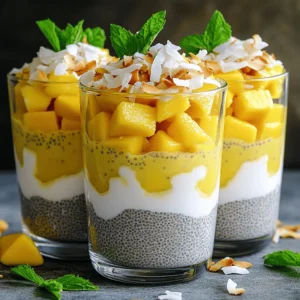

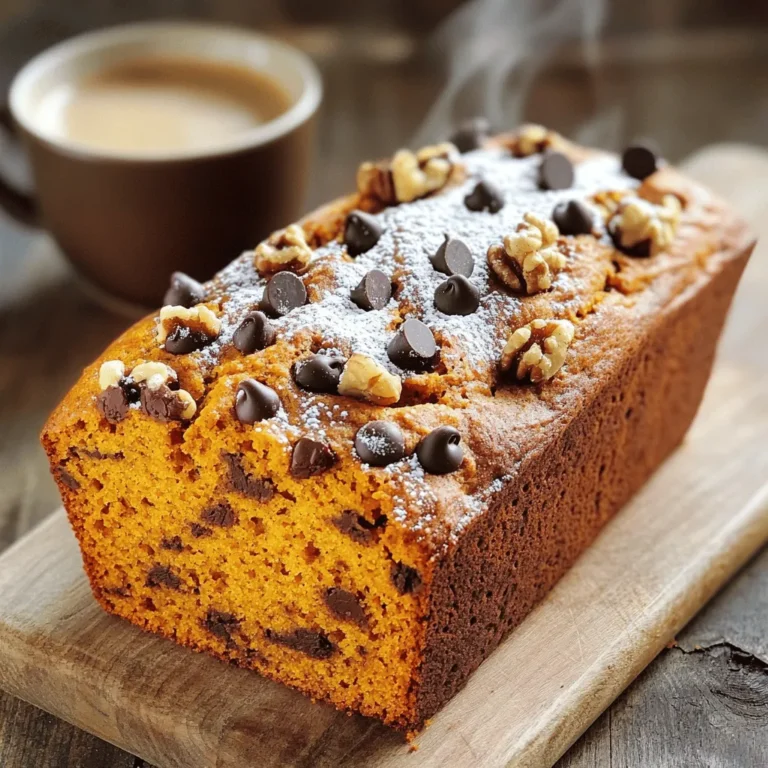
![- 1 cup all-purpose flour (heat-treated) - 1/4 cup granulated sugar - 1/4 cup brown sugar, packed - 1/2 cup unsalted butter, melted - 1/4 teaspoon salt - 1 teaspoon vanilla extract - 1/2 cup rainbow sprinkles - 1/2 cup mini chocolate chips (optional) - 1 cup vanilla frosting Heat-treating flour is key for safety. Raw flour can have germs. To heat-treat, spread the flour on a baking sheet. Bake it at 350°F (175°C) for five minutes. This step kills any harmful bacteria, making it safe to eat without baking. If you want a gluten-free option, you can use a gluten-free flour blend. Look for one that is designed for baking. This makes it easy for everyone to enjoy these tasty bars. Feel free to mix it up with different sprinkles. You can use chocolate sprinkles, or even themed sprinkles for events. For frosting, try chocolate or cream cheese frosting instead. Each will give a new twist to the bars. You can always experiment to find your favorite combination! 1. Mixing the dry ingredients Start with a large mixing bowl. Add 1 cup of heat-treated flour, 1/4 cup of granulated sugar, 1/4 cup of brown sugar, and 1/4 teaspoon of salt. Use a whisk to blend them well. This mix forms the base of your bars. 2. Combining wet ingredients Next, pour in 1/2 cup of melted unsalted butter and 1 teaspoon of vanilla extract. Stir until everything combines into a dough. This part brings the sweetness and rich flavor to the bars. 1. Pressing mixture into the pan Line an 8x8-inch square baking pan with parchment paper. Leave some paper hanging over the edges. This makes it easy to lift the bars later. Press the dough evenly into the pan. Use a spatula to smooth the top. 2. Spreading the frosting evenly Grab 1 cup of vanilla frosting. Spread it over the pressed mixture. Use your spatula to create a nice, even layer. For fun, sprinkle some extra rainbow sprinkles on top for color and crunch. 1. Refrigeration time and tips for proper setting Place the pan in the fridge for at least 30 minutes. This helps the bars firm up. If you want them extra solid, leave them in longer. Once set, lift the bars out using the parchment paper. Cut into squares and enjoy! For the complete recipe, check out the Full Recipe section. - Overmixing the batter: Mixing too much can make your bars dense. Just mix until combined. - Skipping refrigeration: If you don’t chill the bars, they will stay too soft. Chill for at least 30 minutes. - Reducing sugar for less sweetness: You can cut down the granulated sugar. This will make the bars less sweet without losing flavor. - Adding flavor extracts: Try different extracts like almond or coconut. Just a little can change the taste. - Best mixing bowls and tools: Use a large mixing bowl for easy stirring. A sturdy spatula helps combine the batter well. - Recommended baking pan types: A metal or glass 8x8-inch pan works best. Line it with parchment paper for easy removal. For the full recipe, check out the No-Bake Funfetti Cake Batter Bars. {{image_2}} You can change the flavor of your No-Bake Funfetti Cake Batter Bars easily. Try making chocolate cake batter bars by swapping in chocolate cake mix for the flour. Just mix it in as you would the flour. This gives a rich, chocolatey taste that many love. Another fun twist is using peanut butter. Replace the butter with creamy peanut butter. This adds a nutty flavor that pairs well with sprinkles. You can also mix in mini chocolate chips for extra indulgence. Make your bars pop with seasonal decorations. Use holiday-themed sprinkles for Christmas, Halloween, or birthdays. You can find sprinkles shaped like stars, hearts, or seasonal colors. This makes the bars festive and fun for any occasion. You can also change the color of your sprinkles based on the season. For spring, use pastel colors. For summer, bright colors shine. This small touch makes your bars look special and inviting. Want a vegan version? It’s easy! For dairy-free substitutions, use coconut oil in place of butter. It gives a nice flavor and texture. You can also use plant-based milk for the frosting. For frosting, try a vegan buttercream made with powdered sugar and plant-based butter. This way, you keep the creamy texture without using dairy. These options make your delicious bars suitable for everyone! For the full recipe, check out the [Full Recipe]. To keep your No-Bake Funfetti Cake Batter Bars fresh, store them in the refrigerator. Place the bars in an airtight container. This helps keep them moist and tasty. You can also cover them tightly with plastic wrap. If you want to save them for later, you can freeze them. Cut the bars into squares first. Wrap each piece in plastic wrap and then put them in a freezer bag. They will stay fresh this way! When stored correctly, these bars can last about a week in the fridge. If you freeze them, expect them to stay fresh for up to three months. Always check for any signs of spoilage before eating them. Look for changes in color or smell. You don’t need to reheat these bars, as they are best served cold. If you want a warm treat, you can microwave them for a few seconds. Just be careful not to overheat. A few seconds is all you need to enjoy a soft, tasty treat! No, you should not use regular flour. Raw flour can contain harmful bacteria. Heat-treated flour kills these germs and makes the flour safe for no-bake recipes. You can easily heat-treat flour at home by baking it on a baking sheet. Spread it out and bake at 350°F for about five minutes. Let it cool before using. These bars stay fresh for about five days at room temperature. To keep them longer, store them in the fridge. You know they are spoiled if they smell bad or look dry. Check for any mold as well. If you see any signs of spoilage, toss them out. Yes, you can make these bars ahead of time. They are great for parties and special events. Just prepare them a day or two before. Store them in the fridge until you are ready to serve. To save time, you can also press the mixture into the pan and chill it. Frost just before serving for the best taste. You can easily swap ingredients if needed. If you lack rainbow sprinkles, use chocolate or other types. For the frosting, any flavor works well. Don’t have mini chocolate chips? You can skip them or use nuts instead. Just be creative and adjust the recipe to fit what you have at home. For the full recipe, check the original instructions. This blog post covered the key ingredients, steps, and tips for making delicious dessert bars. We discussed crucial details like heat-treating flour and gluten-free options. I shared variations and ideas for seasonal fun, plus how to store and reheat leftovers. In summary, these bars are easy to make and fun to customize. With simple ingredients and clear steps, you're ready to bake. Enjoy creating your own tasty treats!](https://dailydishlab.com/wp-content/uploads/2025/07/c4f5a401-6c49-4de0-bdd4-db0dcac5f5d0-768x768.webp)
